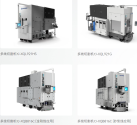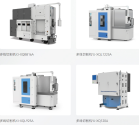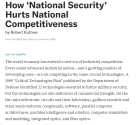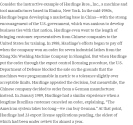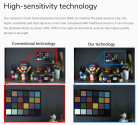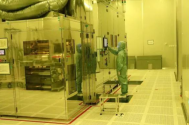The Jingkai storage chip packaging and testing project with a total investment of 300 million yuan signed a contract with Xuzhou Economic Development Zone
On the morning of October 10, Jiangsu Jingkai Semiconductor Technology Co., Ltd. and Xuzhou Economic and Technological Development Zone successfully signed the second phase of the memory chip packaging and testing project, marking another major breakthrough in Jingkai Semiconductor's layout in the semiconductor field. This signing not only demonstrates the company's strength in technological innovation and market expansion, but also injects new vitality into the development of the integrated circuit characteristic industrial cluster in the Economic and Technological Development Zone.
The second phase of Jingkai's memory chip packaging and testing project aims to build an advanced memory chip production line to meet the market's growing demand for high-performance, large-capacity memory chips. The total investment of the signed project is expected to be 300 million yuan, and it is planned to be completed and put into production in the first quarter of 2025. As an important engine for the development of the semiconductor industry in the Huaihai Economic Zone, the Economic Development Zone has become an ideal location for our company's project with its superior geographical location, complete industrial supporting facilities and strong policy support.

